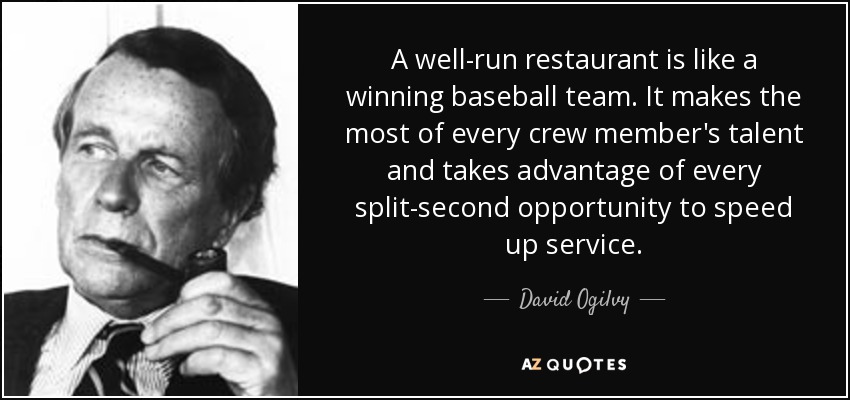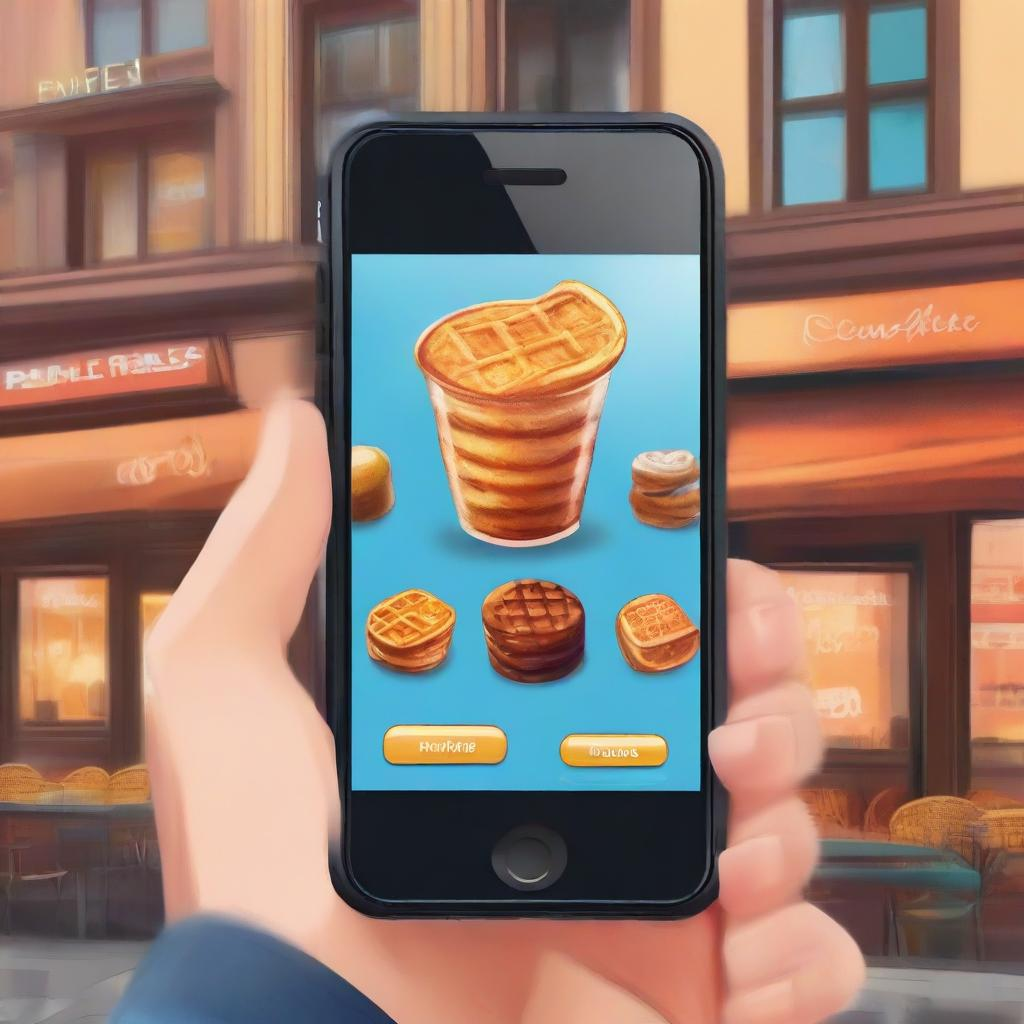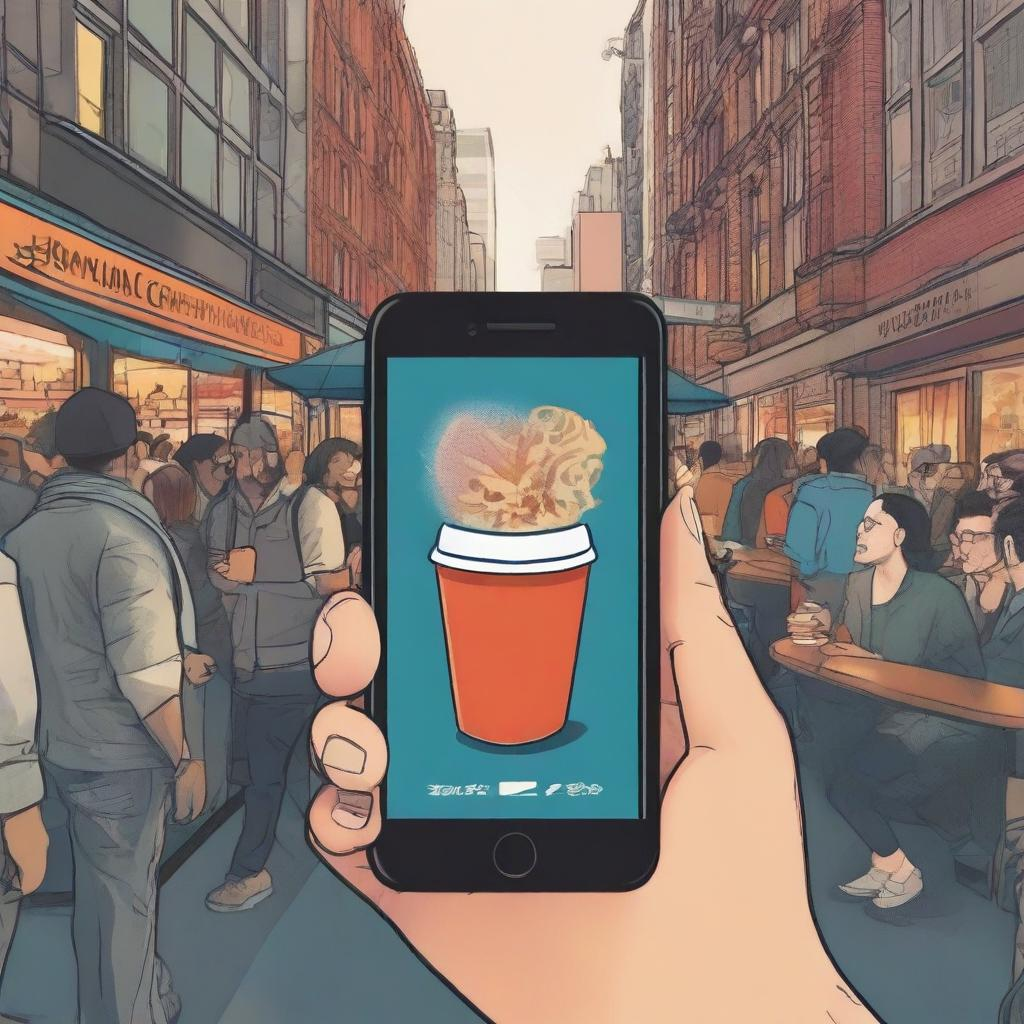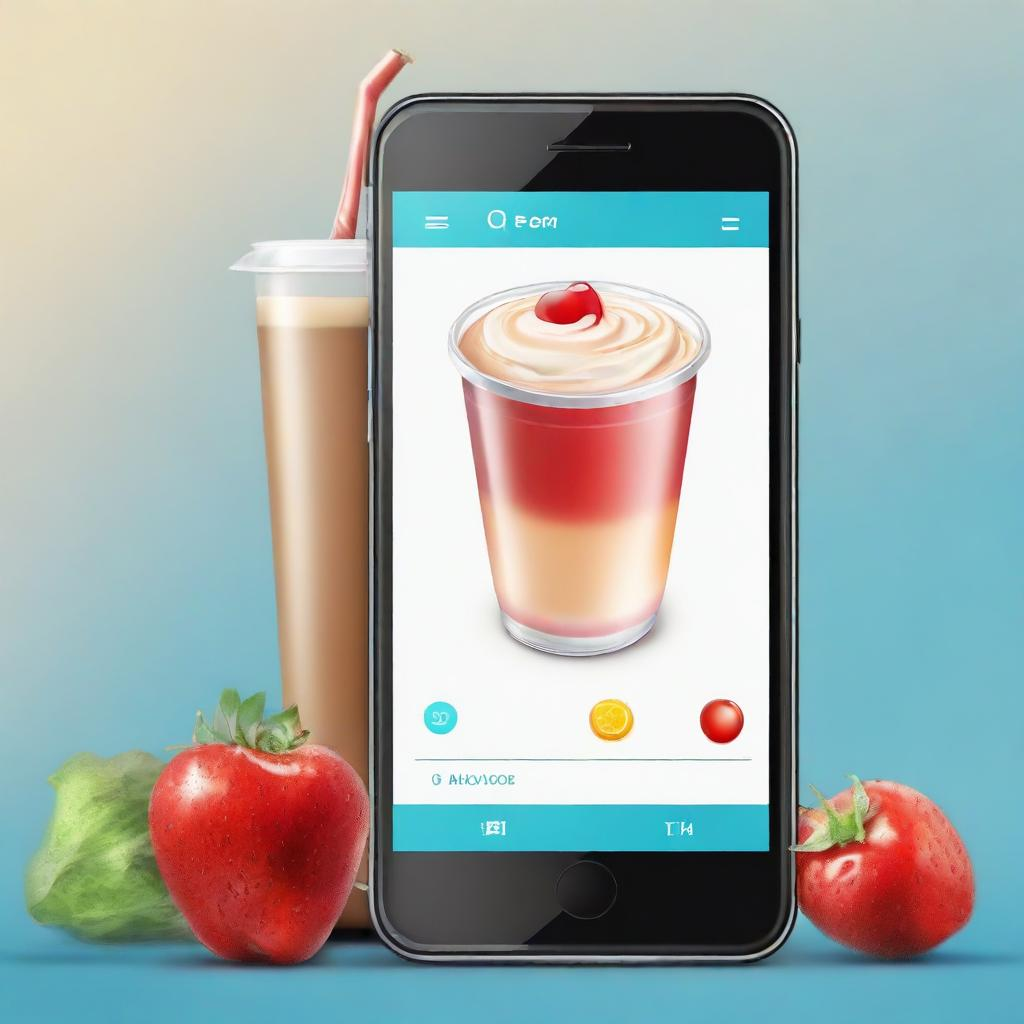TLDR
You've probably heard of David Ogilvy. He's considered the 'father of advertising' and founded one of the biggest ad agencies in the world. Even though he worked decades ago, his book 'Confessions of an Advertising Man' is still a must-read for anyone in the marketing and advertising industry.
The principles Ogilvy outlines in his book are timeless and as relevant today as ever. Yet many businesses, especially in the quick service restaurant industry, fail to implement them. They get caught up in the latest social media fads and forget the fundamentals. But Ogilvy's methods work.
In this post, we'll look at some of the key lessons Ogilvy taught and show how QSR's and cafes can apply them to their marketing to boost brand awareness and sales. The strategies might be old school but when executed well, they deliver real results. So pour yourself a cup of coffee, sit back, and get ready to take some notes. The Ogilvy method is about to give your marketing a makeover.
Pay Peanuts and You Get Monkeys: Why QSR's Should Invest in Talent
If you want the best employees, you’ve got to pay for them. According to David Ogilvy, “the most important influence on the formation of a new employee is his or her salary, not the caliber of the manager or the culture of the company.” For quick service restaurants, this means offering competitive wages and benefits to attract and retain top talent.
Paying employees well leads to lower turnover, saving money on continually training new staff. It also results in higher productivity and job satisfaction. When you invest in your employees, they invest in your company. As Ogilvy said, “Pay peanuts and you get monkeys.”
Providing opportunities for growth through training and development also fosters a culture of learning. Implementing “earn-as-you-learn” programs where hourly workers can become managers allows employees to advance their careers and address the talent shortage in the industry.
If you want enthusiastic, hardworking, and loyal employees, you must give them reason to care. Competitive pay, benefits, and a chance for advancement can make a job into a career. Your staff are the face of your brand, so keep them happy and your customers will follow.
Like Ogilvy believed, talent is key to success in any field. QSR’s should make attracting and retaining great employees a top priority. Pay them well, train them thoroughly, and promote from within. Your “monkeys” just might turn into star employees, and your business will reap the rewards. Invest in your people, and they’ll invest in your company.
Do Notable Work for Existing Clients: Focus on Loyal Customers
David Ogilvy knew that loyalty was key. As the father of advertising, he dedicated an entire chapter in his book Confessions of an Advertising Man to building loyalty through notable work for existing clients. QSRs would be wise to follow his lead.
According to the QSR Loyalty Index, nearly 40% of quick service restaurant customers don’t use loyalty programs because their preferred spot doesn’t offer one. That’s a huge missed opportunity. A loyalty program tailored to your customers’ needs is one of the best ways to build lifelong fans.
Once you have a loyalty program in place, focus on your most loyal guests. Send them personalized offers for their favorite menu items. Invite them to special tasting events. Ask for their feedback and implement their suggestions. Make them feel like VIPs.
Ogilvy recommended hiring former loyal customers as well. Someone who already loves your brand will work passionately to spread that enthusiasm to new customers. They’ll also have valuable insights into how to improve the customer experience.
The key is providing notable work and memorable interactions at every touchpoint. Surprise and delight your loyal fans with small acts of kindness that make a big impression. Keep them engaged by regularly adding new benefits and rewards to your loyalty program.
With the right strategy, QSRs can turn casual customers into lifelong loyalists. Take a page from David Ogilvy's book and dedicate yourself to cultivating meaningful relationships that last. Focus on loyalty, and your customers will keep coming back for more.
The Ogilvy Method: How to Build Brand Stories That Resonate
To build brand stories that resonate, follow the Ogilvy method. David Ogilvy believed that “unless your advertising contains a big idea, it will pass like a ship in the night.”
Find the Big Idea
The big idea is the key message you want to convey to your audience. To find it, look for tensions or unmet needs in culture that your brand can uniquely address. For example, many felt traditional masculinity was too narrow and oppressive. By redefining masculinity in a more positive, emotionally intelligent way, Gillette’s “The Best Men Can Be” campaign resonated.
Craft an Emotional Story
Facts and statistics rarely move people or spark action. Stories do. Ogilvy said, “Give people an emotional story, not an intellectual treatise.” Create a narrative with compelling characters, conflict, and resolution that taps into emotions and shared experiences. Dove's "Real Beauty" campaign shared the stories of real women to connect with audiences craving more authentic and inclusive beauty standards.
Keep it Simple
Don't dazzle with complexity or overpromise. As Ogilvy put it, "Make your advertising simple. Eliminate superlatives and make your claims credible.” Avoid hype and communicate benefits clearly. For example, Red Bull doesn't market itself as an "amazing, life-changing elixir." It keeps it simple: "Red Bull gives you wings."
Be Authentic and Consistent
Build a consistent brand story and voice across all channels and customer touchpoints. Don't make hollow claims - walk the talk. Patagonia's brand story of sustainability and environmental responsibility is authentic because they back it up by using sustainable materials and donating 1% of sales to environmental causes.
Following these principles, you can craft brand stories that tap into culture, connect emotionally, convey a simple yet compelling message, and remain authentic to build trust and loyalty with your customers. That is the heart of the Ogilvy method.
What Ogilvy & Mather Can Teach Us About Winning Campaigns
David Ogilvy knew how to craft campaigns that got results. His agency, Ogilvy & Mather, has created some of the most memorable and effective advertising campaigns of all time. QSR's and cafes looking to boost brand awareness and sales can learn a lot from Ogilvy's approach.
Ogilvy focused on the customer and meeting their needs. He believed in researching the target audience and speaking to them directly. Campaigns should focus on the benefits and solutions for the customer, not just highlighting product features. This deep understanding of the customer and their motivations led to hugely successful campaigns like “The Man in the Hathaway Shirt” for C.F. Hathaway Company.
Ogilvy was a proponent of “long copy” that educated and persuaded customers. He understood that people don't buy from boring or overly salesy ads. Campaigns should aim to engage the audience by telling a story and making an emotional connection. While short social media posts have their place today, longer copy on websites, email newsletters, and other owned media channels can be very compelling.
Headlines and images should attract attention and draw the customer in. Ogilvy believed that five times as many people read the headline as the body copy, so headlines had to be arresting and appealing. The same goes for visuals—a striking image will capture interest and encourage further engagement. Once you have their attention, you need to deliver information that persuades and motivates the customer to action.
Ogilvy pioneered direct response advertising that encouraged customers to take action. His campaigns didn't just aim to raise brand awareness but actually drove sales. QSR's should focus on response-oriented copy that spurs the customer to make a purchase or reservation. This could be a coupon, special offer, or call to book now. The goal is to translate interest into real business impact.
By following Ogilvy's principles of customer-centricity, compelling copy, eye-catching visuals and a direct response, QSR's and cafes can craft campaigns that capture attention, engage their audience and drive action. Ogilvy created ads that people actually wanted to read - and that's the secret to success.
Confessions of an Advertising Man: Timeless Lessons for Modern Restaurant Marketers
David Ogilvy, the “Father of Advertising,” believed that a well-run restaurant is similar to a winning baseball team. His book, Confessions of an Advertising Man, holds timeless lessons for modern restaurant marketers.
Ogilvy focused on the emotional approach for Hardee's advertising, as research showed that people viewed fast-food restaurants as a transactional experience. By appealing to customers’ emotions and desires, Ogilvy aimed to change their perception and form an emotional connection between the brand and consumer.
Build an Emotional Connection
Today, a study by Ogilvy-ChatThreads found that individuals exposed to social content have a significant impact on restaurant sales. Restaurants should focus social media and advertising on building emotional connections and experiences with customers. Share behind-the-scenes stories of staff, highlight your support of local community groups, or promote a monthly charity initiative. These actions help to humanize your brand and build loyalty.
Consistency is Key
Ogilvy believed in consistency across all channels. Your restaurant’s branding, messaging, and voice should remain consistent whether in social media, advertising, or in-store. Don’t confuse customers with mixed messages. Choose a distinct brand identity and stick to it.
Staff are the Secret Sauce
For Ogilvy, a company's staff were as integral to its brand as the products or services. Your staff represent your restaurant’s brand with every customer interaction. Invest in regular training to ensure staff provide a consistent, high-quality experience. Empower them to resolve issues promptly and reward good service. When staff are engaged and motivated, it translates directly to customer satisfaction and loyalty.
By following Ogilvy's timeless advice, quick service restaurants and cafes can strengthen emotional connections with customers, build a consistent brand identity, and empower staff to deliver great experiences. These principles were instrumental in Ogilvy's success and remain relevant for restaurant marketers today.
Final Thoughts
So there you have it, some timeless wisdom from the original Mad Man himself. Ogilvy built one of the most successful advertising agencies in history by following a few simple principles: understand your customer, focus on the benefits of what you're selling, and tell a story. For quick service restaurants and cafes, the lessons are clear. Know who your customers are and what motivates them. Show how your food and experience will enrich their lives. And craft a memorable brand story that taps into emotions. If you can apply the Ogilvy method to your marketing, you'll be well on your way to building a brand as iconic as Ogilvy's own. The father of advertising still has a thing or two to teach us. All we have to do is listen.

















.svg)






.svg)
.svg)









.png)







.webp)










